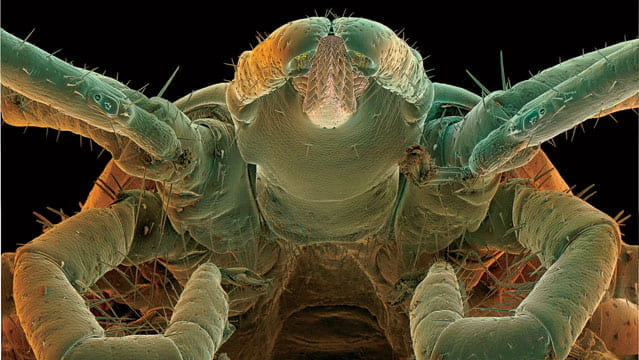Outside Magazine has a nice story on Lyme disease ecology in which they discuss some of the results of our recent PNAS paper.
Some species may even be able to control tick numbers and infection prevalence not by killing the ticks but by killing their favorite hosts. That is the new argument that Taal Levi, a postdoctoral researcher at the Cary Institute, put forward in a 2012 paper in the Proceedings of the National Academy of Sciences. After the morning tick drag, I sat down with Levi at a picnic table outside the institute to hear about the history of foxes.
Foxes were originally very abundant in the eastern United States, where they feasted on small mammals like white-footed mice. But the past few decades have not been good to them. “Fox harvests in the Northeast have declined substantially,” says Levi.
Taal is continuing this work in his postdoc at the Cary Institute in New York. Read the whole story here.

